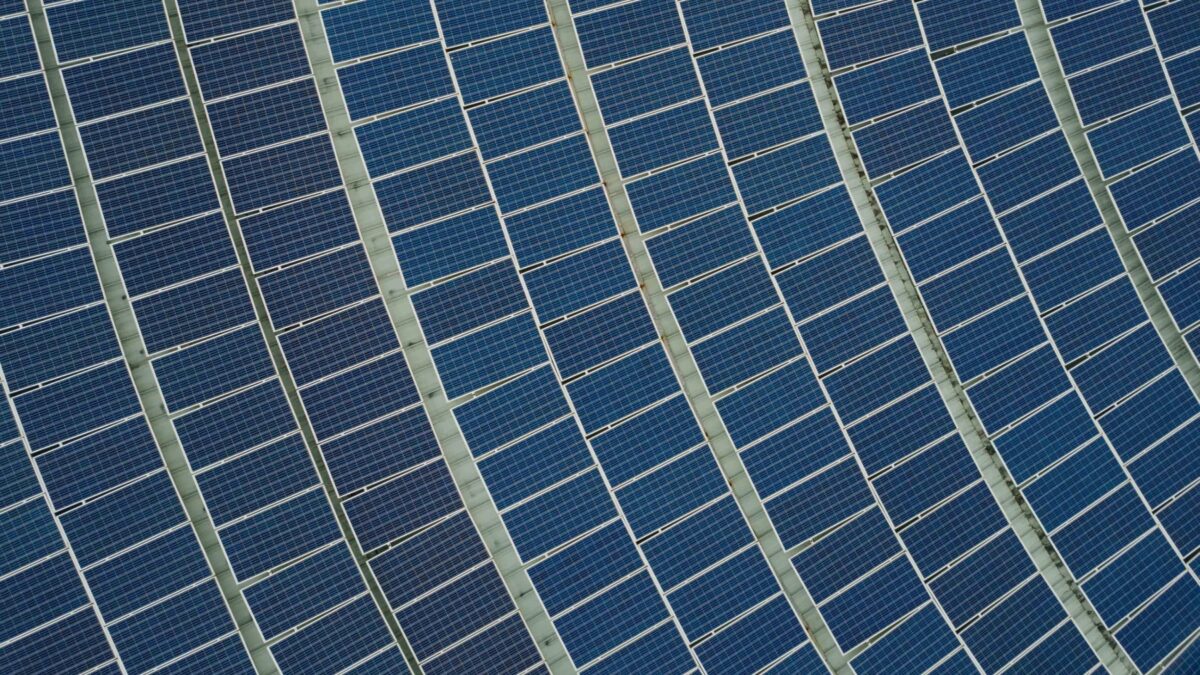The world is experiencing an energy tipping point for the ages
Forty-five years ago this week, I was preparing to board a Pan Am 747 jumbo jet to Hong Kong with my closest friend, Adi Ignatius. For the previous year, we had worked in Boston for Greenpeace, and we had one final assignment: spread the gospel of solar power in the land of Mao. One of our colleagues breathlessly arrived at the departure lounge after racing to New York to deliver a sackful of campaign buttons and stickers. For 10 days, we traveled from Kunming to Beijing talking up the wonders of endless clean energy from the sun. We also gave anyone we met a splashy little button with a bright sunburst. We even slapped a bumper sticker on the Great Wall of China.
Mission accomplished
Four decades later, China is on its way to becoming the world’s first emerging solar superpower. But China’s solar brawn is just one example that the world is experiencing an energy tipping point for the ages. “The exponential growth of solar power will change the world,” The Economist declared last week in a classic display of British understatement.
Of course, people have been touting solar’s promise for ages. But like the growth of digital computing or Taylor Swift, solar power is now unstoppable. Consider recent history. In 2004, it took a whole year to manufacture the equipment to make a gigawatt of solar power. By 2010, it now took a month to make the same amount of equipment. In 2016, it took just a week. And now, the world is manufacturing enough panels for two gigawatts of solar power every day, enough to power 1.5 million homes.
The economics are basic. As consumer demand grows, more solar panels are being made, prices drop, further boosting demand which fuels more production, lowers prices, and encourages more buying. It’s a virtuous economic circle. And we’ve seen it before with the transition from analog to digital.
My son reminds me that the path to a solar future still has some major twists like how private capital will find the right balance between risk and reward of funding this critical element of a new economy. Battery storage for bridging the time when the sun is not shining will require a lot more innovation.
Solar is the baseload of future energy usage
But dissing solar power is a loser’s game. We are now in the intelligence age where the brain, not brawn, is powering progress. And just as the human brain requires more power than any other part of the human body to function, the raw computing power of knowledge economies require far more power than making steel or forging steel. According to the IEA, a single Google search takes 0.3 watt-hours of electricity, while a ChatGPT request takes 2.9 watt-hours. If AI were integrated into the billions of searches done each day the electricity demand would increase by 10 terawatt-hours a year — the amount consumed by about 1.5 million people.
The economics are basic. As consumer demand grows, more solar panels are being made, prices drop, further boosting demand which fuels more production, lowers prices, and encourages more buying.
And this requires the Big Kahuna of the renewable age. The ability to use and store the sun’s energy is the only way we can meet the surging electricity demands of a growing human population — and not poison ourselves to death.
According to the IEA, solar will be the largest source of primary energy — not just electricity — and the cheapest power, by the 2040s. The International Solar Energy Society projects that solar power is on track to generate more electricity than all the world’s nuclear power plants in 2026, more than wind turbines in 2027, than dams in 2028, gas-fired power plants in 2030, and coal-fired ones in 2032.
Don’t break out the champagne
So what is standing in the way of this solar moment? Not technology. Once again, it is far outpacing our wildest expectations. Capital markets, while still scoping the opportunity, have more than $750 billion in dry powder to help fund all this new growth. Geopolitics also favors solar. China and Europe are rushing ahead with massive solar developments. In the U.S., the 2022 IRA is a new and innovative twist on industrial policy that has jump-started green energy production. And the Global South is waking up to the benefits of homegrown solar and how it will allow these former colonies to finally exercise economic sovereignty.
Bring it on
Not even Donald Trump can stop solar. Contrary to popular belief, a Trump victory in the U.S. presidential election will not spell the end of renewable power (though it may end American democracy). The economics have spoken. Any retreat by the U.S. on renewables will only further solidify China’s leadership position in the green economy. As Rob Carlson, a technology investor, told The Economist: “The sun has won.”
Bring it on.


